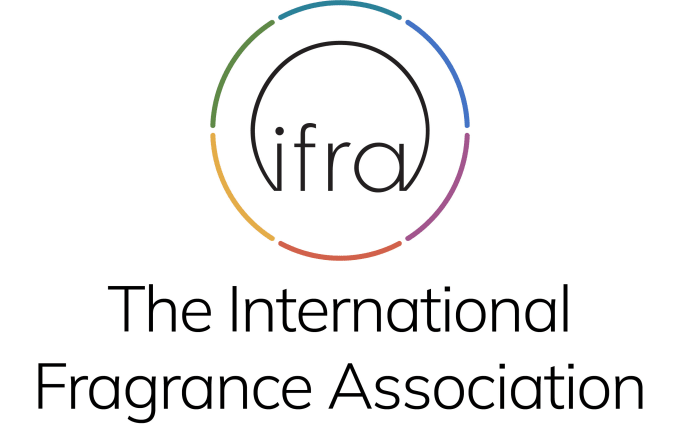
Photo credits: ScenTree SAS
| Company | Ingredient Name | ID | Comments | Naturality | Certifications | Purity | Latin name | Treated part | Geographical origin | MOQ |
|---|---|---|---|---|---|---|---|---|---|---|
|
|
Aldéhyde Anisique - 30 Gr | - |
Visit website
|
- | - | - | - | - | - | |
|
|
Anisaldehyde | 30035186 |
Visit website
|
Molecule | - | - | - | - | - |
General Presentation
-
CAS N° : 123-11-5
-
EINECS number : 204-602-6
-
FEMA number : 2670
-
FLAVIS number : 05.015
-
JECFA number : 878
-
Appearance : Colorless liquid
-
Density : 1,119
-
Volatility : Base
-
Price Range : €€
Physico-chemical properties
-
Molecular formula : C8H8O2
-
Molecular Weight : 136,15 g/mol
-
Log P : 1,65
-
Fusion Point : -5°C
-
Boiling Point : 248°C
-
Detection Threshold : Donnée indisponible.
-
Optical rotation : Donnée indisponible
-
Vapor pressure : Donnée indisponible
-
Refractive Index @20°C : Donnée indisponible
-
Acid Value : Donnée indisponible.
-
Flash Point : 116°C
Uses
Uses in perfumery :
Anisic Aldehyde is used in lilac and mimosa accords, for a sweet vegetable, aromatic and anisic note.
Year of discovery :
Anisaldehyde was discovered in 1895 by scientist Auguste Cahours, by oxydation of an anise oil.
Natural availability :
Anisic Aldehyde is present in Star Anise EO, Anise EO and Ceylon Cinnamon EO (and other origins), from which it can be extracted.
Isomerism :
The isomer used here is para-Anisic Aldehyde. The ortho and meta isomers have a relatively similar smell. Methyl Benzoate and Phenylacetic Acid are constitutional isomers of Anisaldehyde. Their smell is however very different.
Synthesis precursor :
Anisic Aldehyde is the precursor for the synthesis of Anisic Alcohol by hydrogenation and Anisic Acid by oxidation. It can also react with Methyl Anthranilate or Indole to form a Schiff base.
Synthesis route :
Its synthesis is made by an oxidation from para-Cresol methyl ether, in the presence of manganese dioxide, air or peroxidised compounds (the catalysis of these reactions is metallic). Other routes exist, such as the two-step synthesis from para-Cresol, via 4-hydroxybenzaldehyde, which is then oxidized. A last synthesis route is an electrochemical oxidation in the presence of an aliphatic alcohol. The intermediate product of this route is acetal, corresponding to Anisic Aldehyde.
Regulations & IFRA
Allergens :
This ingredient does not contain any allergen.
IFRA 51th :
This ingredient is restricted by the 51th amendment
- Quantitative limit on the use :
-
Cat.1 Cat.2 Cat.3 Cat.4 Cat.5A B C DCat.6 0,23 % 0,080 % 0,14 % 1,4 % 0,38 % 0,093 % 0,14 % 0,031 %0,047 % Cat.5A B C DCat.6 0,38 % 0,093 % 0,14 % 0,031 %0,047 % Cat.7A BCat.8 Cat.9 Cat.10A BCat.11A BCat.12 0,14 % 0,14 %0,031 % 0,42 % 0,19 % 1,1 %0,031 % 0,031 %31 % Cat.10A BCat.11A BCat.12 0,19 % 1,1 %0,031 % 0,031 %31 %
Annexe I :
Some regulated synthetic ingredients are found in nature and in certain proportions in natural ingredients. This presence in nature has to be taken into account when calculating limits of use recommended by the IFRA. In case you do not know these concentrations, you can use the ones estimated by the IFRA. Here they are :
| List of regulated compounds contained in this ingredient | |||
|---|---|---|---|
| Ingredient Name | Botanical Name | CAS N° | Estimated Concentration |
| Anise seed oil | Pimpinella anisum L. | 8007-70-3 | 0,43 |
| Star anise oil | Illicium verum Hook, f. | 68952-43-2 | 0,2 |
| Basil oil, chemotype estragole | Ocimum basilicum L. | 8015-73-4 | 0,1 |
| Cassie absolute | Vachellia farnesiana (L.) Willd. | 8023-82-3 | 1 |
| Fennel oil, bitter,anethole type | Foeniculum vulgare Mill. | 8006-84-6 | 0,3 |
| Fennel oil, sweet | Foeniculum vulgare subsp. vulgare var. Dulce (Mill) Batt. | 8006-84-6 | 0,47 |
| Mimosa absolute | Acacia decurrens (Wendl.f.) Willd. | 8031-03-6 | 0,1 |
| Vanilla absolute | Vanilla planifolia | 8024-06-4 | 0,03 |
| Vanilla CO2 extract | Vanilla planifolia | 8024-06-4 | 0 |
| Vanilla oleoresin | Vanilla planifolia | 8024-06-4 | 0,03 |
| Vanilla tahitensis absolute | Vanilla tahitensis J.W. Moore | 953789-39-4 | 0 |
| Vanilla tahitensis CO2 extract | Vanilla tahitensis J.W. Moore | 953789-39-4 | 0 |
| Fennel oil, bitter, phellandrene type | Foeniculum vulgare Mill. | 84625-39-8 | 0,2 |



